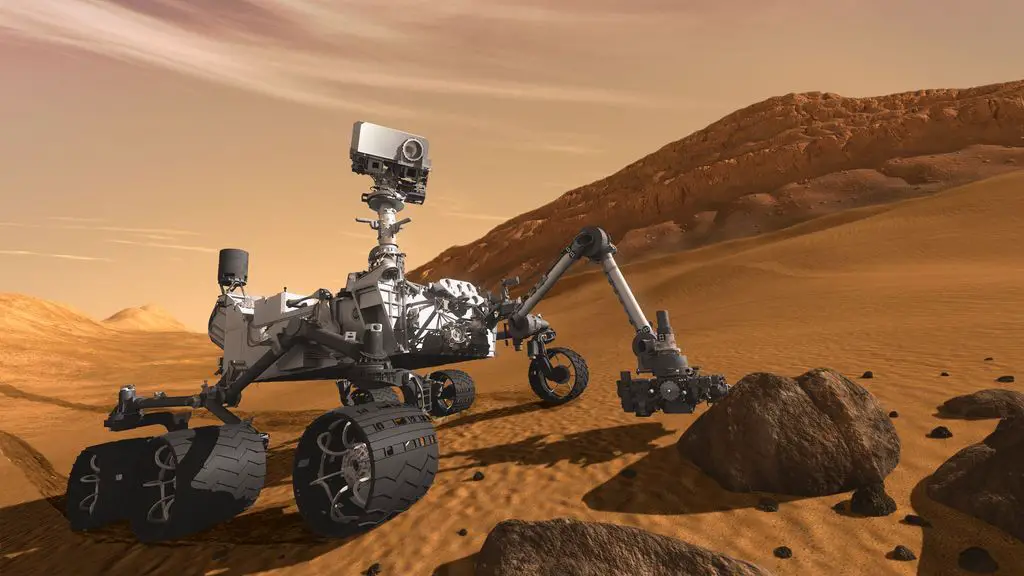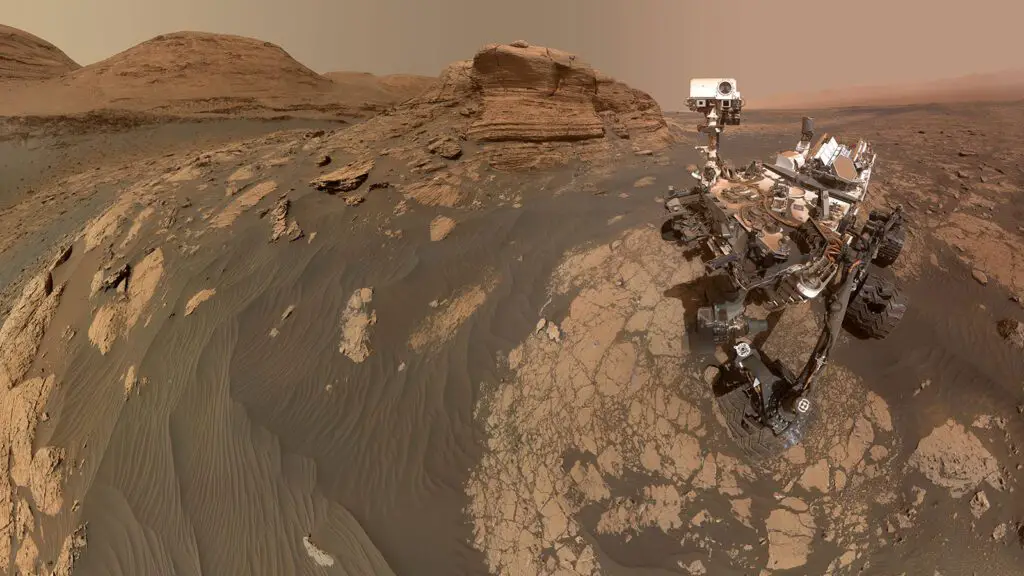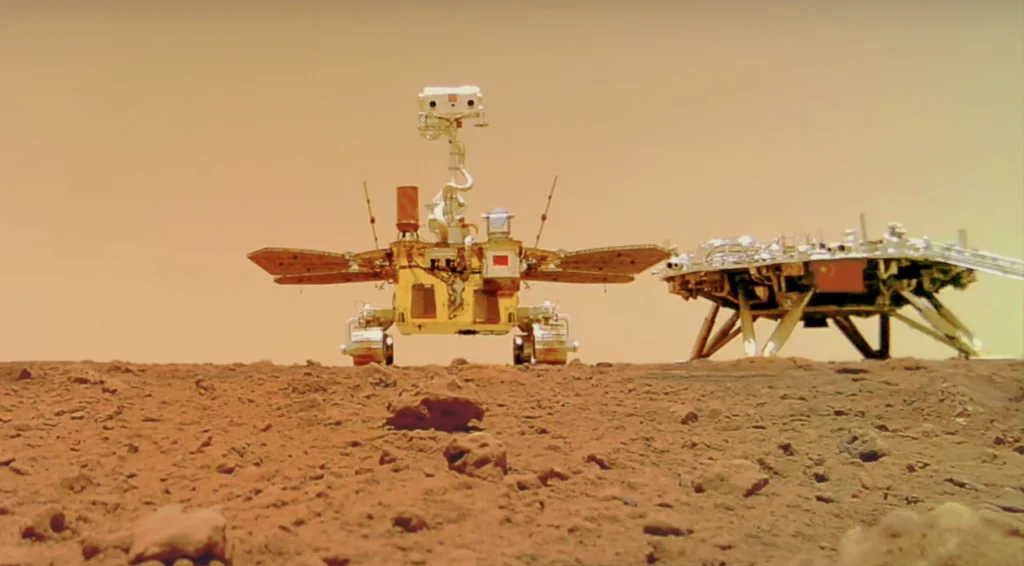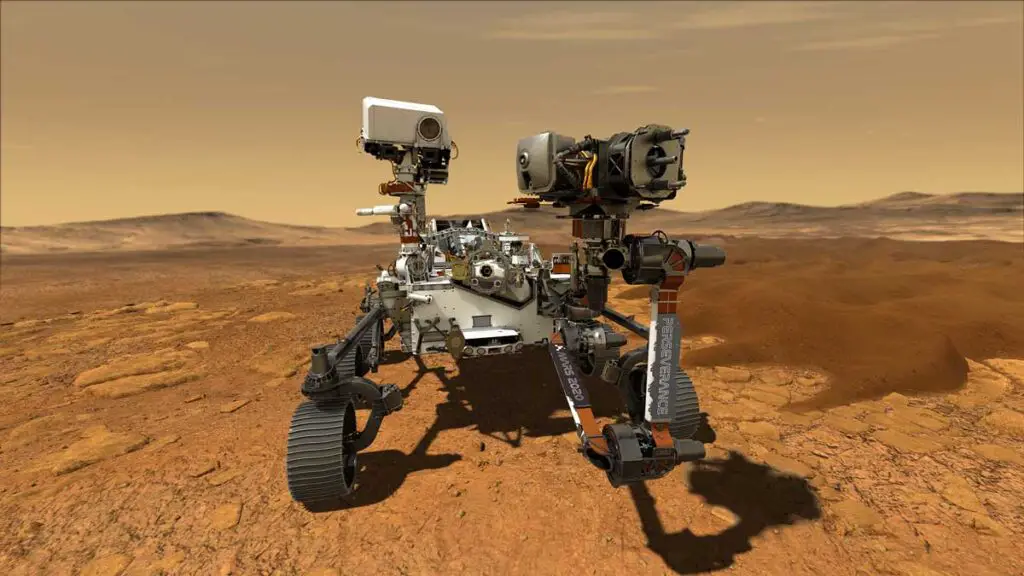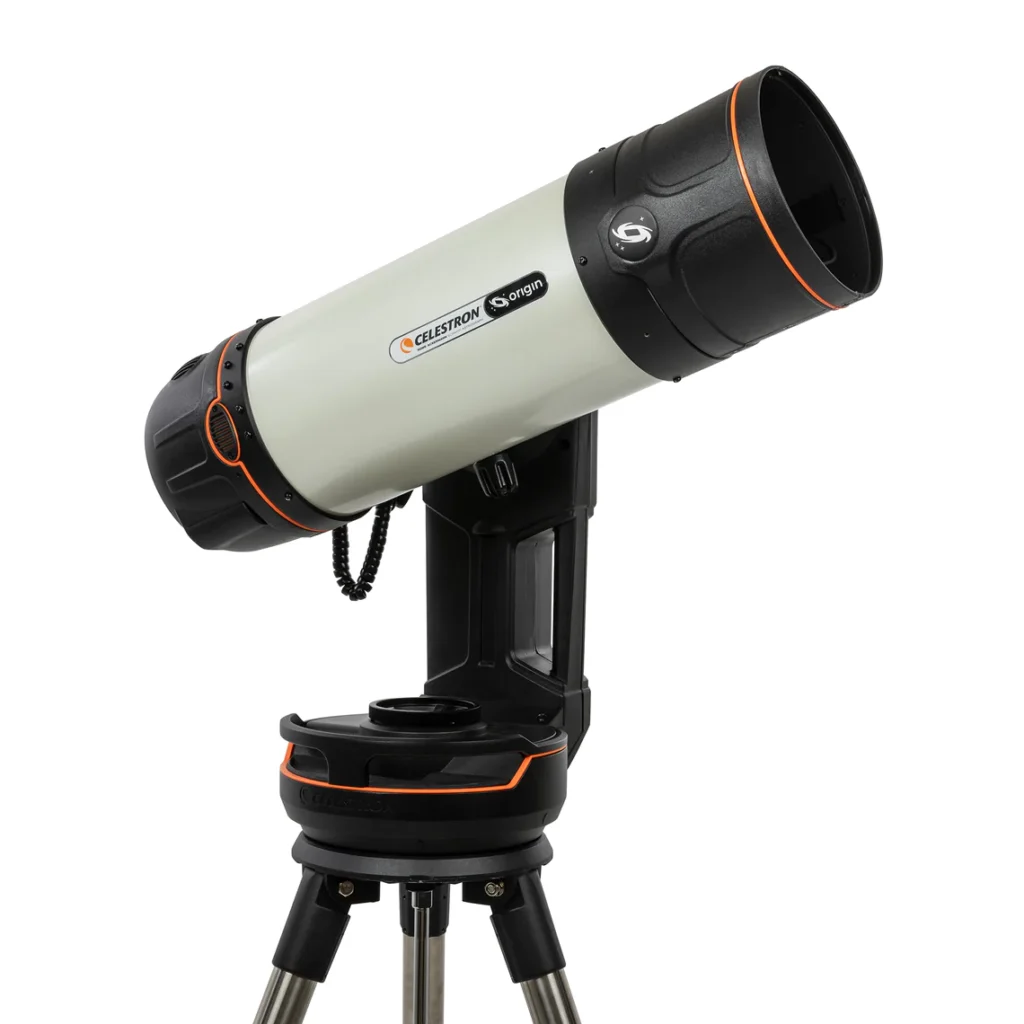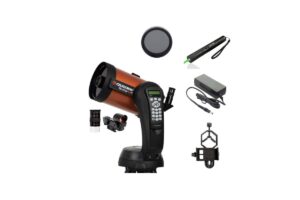Since humans started space exploration, we have been looking for extraterrestrial life. There is a possibility that on many planets, life existed much before Earth. To find proof of it, we send the rovers to these planets.
Planet Mars is most likely going to be the future home for humanity. So to study Mars, we sent several space probes and rovers there.
So far, we have sent eight rovers to Mars, of which seven were successful. At the moment, there are three rovers that are actively wandering on the surface of Mars to collect whatever data they can.
These rovers send this data back to Earth so the scientists here can analyze it and do a detailed study of Mars.
List of all rovers sent to Mars
| Rover name | Launch date | Landing date | Country | Operated for | Status |
|---|---|---|---|---|---|
| Mars 2 | May 19, 1971 | Failed | USRR | Failed | |
| Mars 3 | May 28, 1971 | December 2, 1971 | USRR | 110 seconds | Inactive |
| Sojourner | December 4, 1996 | July 4, 1997 | USA | 95 days | Inactive |
| Spirit | June 10, 2003 | January 4, 2004 | USA | 2,249 days | Inactive |
| Opportunity | July 7, 2003 | January 25, 2004 | USA | 5,498 days | Inactive |
| Curiosity | November 26, 2011 | August 6, 2012 | USA | Active | |
| Zhurong | July 23, 2020 | May 14, 2021 | China | 358 days | Active |
| Perseverance | July 30, 2020 | February 18, 2021 | USA | Active |
Here is the list of rovers that have been sent to Mars so far.
The three active rovers on Mars are Curiosity, Zhurong, and Perseverance.
Curiosity Rover
The Curiosity Rover is the next generation of the previous Opportunity Rover. It was launched in 2011 by NASA, and it landed on Mars in Gate Crater in 2012. The rover is four times bigger than the Opportunity rover and has lots of new instruments to study Mars.
So far, curiosity has unveiled Mar’s geological past, revealing ancient riverbeds, lake formations, and mineral compositions that suggest a once-habitable environment. The Curiosity Rover is looking for proof of the current or past existence of microorganisms on Mars.
Curiosity’s tireless exploration has extended our understanding of Mars’s potential for hosting life and set the stage for future missions.
Curiosity is also known for taking a selfie on Mars, where the dusty landscape of Mars is visible in the background.
Curiosity Rover Selfie
Zhurong Rover
The Zhurong rover was launched by China. It is named after the mythical Chinese god of fire. When China launched its Tianwen-1 mission to Mars, the Zhurong rover was one of the parts of that mission. Actually, Tianwen-1 was launched in 2020. The aim of the mission is to study the planet’s geology, atmosphere, and potential habitability.
On the Tianwen-1 mission, there were six different spacecraft: one orbiter, one lander, three cameras, and one rover.
Zhurong landed on Mars in May 2021 in the Utopia Planitia region, a vast plain in the northern hemisphere of Mars.
Since then, Zhurong has explored the Martian surface for 358 days. After that, in May 2022, it went into planned hibernation because of the Martian winter, and it was supposed to wake up in December 2022. But it did not wake up and hasn’t changed its position since September 2022. Most likely, the Martian dust has piled up on its solar panels, which has affected the power generation for Zhurong.
Scientists are still hoping that the Zhurong will somehow come back to life.
Perseverance Rover
The Perseverance Rover was launched by NASA in 2020. It landed on Mars in February 2021 in Jezero Crater. The Jezero Crater is of particular interest because it is believed to have once contained a lake, making it a prime location to search for signs of past microbial life and to study Mars’ geological history.
Perseverance is accompanied by a drone named Ingenuity. The main aim of the perseverance rover is to find habitability for future manned missions. The rover is performing experiments on Mars to produce oxygen from carbon dioxide. The instrument is box-like and is called Moxie. You can learn more about Moxie here.
The perseverance mission is still ongoing. So the Perseverance mission has the potential to make groundbreaking discoveries that could reshape our understanding of Mars’ history and its potential for future habitability.
